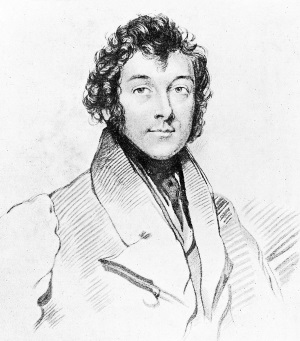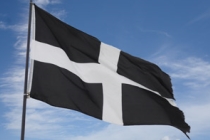Goldsworthy Gurney - Surgeon, chemist, architect & inventor, invented limelight

Goldsworthy Gurney was born at Treator near Padstow on 14 February 1793.
Goldsworthy went to Truro Grammar School.
After leaving school studied medicine with a Dr Avery at Wadebridge and took over the practice in 1813.
He married a farmer's daughter, Elizabeth Symons, from Launcells and settled in Wadebridge where he practiced as a surgeon.
In 1823 was awarded an Isis gold medal of the Royal Society of Arts for devising an oxy-hydrogen blowpipe (similar to a Bunsen burner).
In 1830, Gurney leased some land overlooking Summerleaze Beach at Bude and started construction of a new house to be built amongst the sand hills. The property rested on a concrete raft foundation, one of the earliest examples of this form.
Here, Gurney developed the principle of illumination by the forcing of oxygen into a flame to increase the brilliance of that flame. He called this bright light the Bude Light. Bude lights were fitted in the House of Commons. It is claimed that he replaced 280 candles with 3 of his lamps and they lit the House for 60 years until the arrival of electricity. This work was applied to lighthouse lamps, in the choice of light source and the use of magnifying lenses to intensify the light. He introduced a system of on-off patterns to enable those at sea to identify which lighthouse they could see by virtue of the flashing.
The Gurney Stove, an invention which Gurney patented in 1856, was used extensively to heat a variety of buildings. Its most interesting feature is the use of ribs to increase the external surface area of the stove, thereby increasing the amount of heat transferred into the room.
He was knighted by Queen Victoria in 1863, shortly before suffering a stroke.
He retired to his small house at Poughill (near Bude) with his daughter until his death on 28 February 1875. He is buried at Launcells parish church.
This article has been kindly provided by Kernow Matters to Us and is part of the series on Famous Folk of Kernow (Cornwall).
- Cornish
- English
- Log in to post comments





